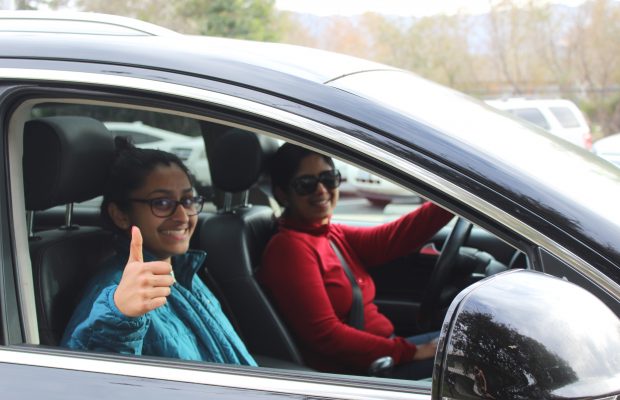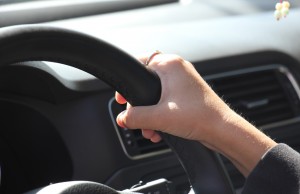More students are getting their licenses late

Driving is generally seen as one of the staples of growing up and becoming more independent. Licenses often are romanticized as the embodiment of freedom, further bridging teens over to adulthood. However, this past idealization is breaking down rapidly as teens are no longer choosing to drive.
Since the 1980s, the percentage of teens with driver’s licenses has dramatically decreased according to a report released by the University of Michigan.
“I get around through a mixture of my parents driving me, carpools or catching a ride with my friends,” Veronica Seixas, junior, said. Seixas is one of the large number of teens who has not gotten a license, however, she does plan on getting one in the future.
“I’m really busy and there’s a lack of necessity for me to get a license right now,” Seixas explained. To her, the inconvenience of relying on others to get place to place has not been too severe. “I always have to think about getting a ride before I want to go somewhere, but other than that, not being able to drive has not affected me that much,” Seixas said.
Kaira Samuel, junior, faces similar problems. “I plan on getting my license soon, but it’s taking awhile because I’m always busy with school,” Samuel said. Currently, she relies on her parents to drive her. “It’s really annoying to ask my parents for rides because I have to plan my entire schedule around that,” she added.
However, some students with licenses are still not driving themselves around. Luis Tun, senior, has his license, but relies on driving services like Uber or getting rides from friends.
“Not being able to drive makes it hard to be involved in certain school activities and restricts where I can go for school projects,” Tun said. Tun is trying to save up his money to buy a car in the future so that he does not have to rely on others to drive somewhere.
There are varying reasons for why students are choosing not to drive, however, each of them seem to face the same hassles because of it.

